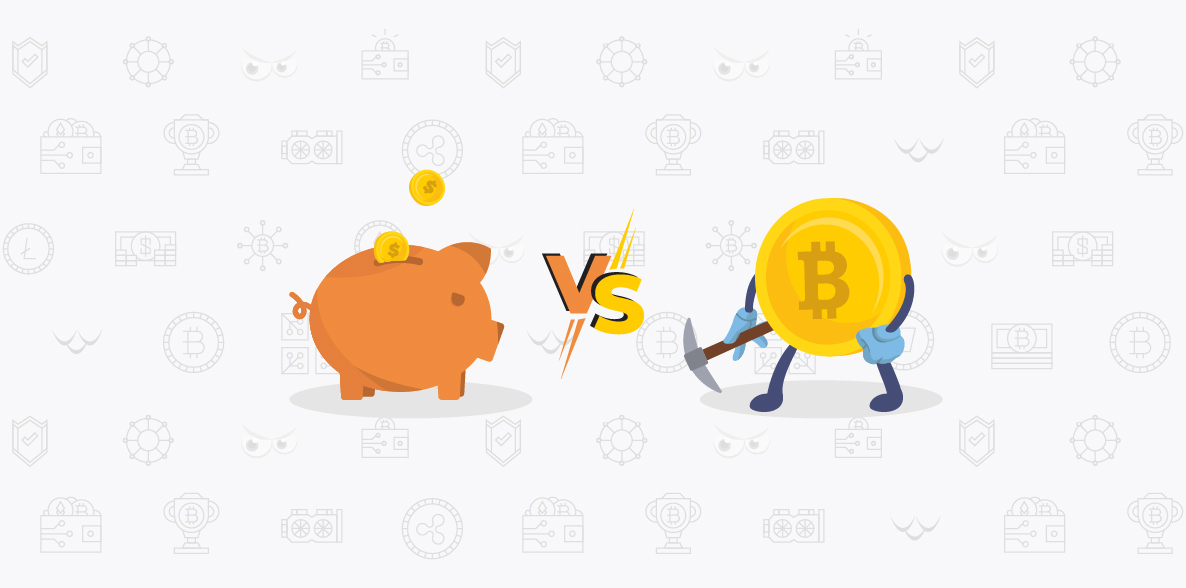Money is a requirement for any financial transaction and is a collectively accepted representation of value all over the world. In the earliest period of civilization, societies denominated exchange of value, particularly in livestock like cows, goats, camels, etc. Then everything from cowrie shells to salt saw widespread use as a form of money, before giving away to the more familiar form of precious metal coinage. Today, fiat money— government-issued legal tender with no natural value represents the most dominant iteration of money. For many, paper bills and coins are the only form of money they have ever known.
However, as history has shown us money, money evolves, and its next stage is upon us. The emergence of blockchain technology and cryptocurrency over the past few decades represents a foundational update to the world’s systems of money and value. Constructed on decentralized blockchain networks, digital currencies like bitcoin (BTC) and ether (ETH) are not controlled by a single government and offer significant opportunities for financial inclusion worldwide.
The rise of cryptocurrency has started a debate on the future of fiat money, those that are backed by the government, like the US Dollar or the Indian Rupee. Though the virtual currency is gaining wide acceptance, it is not yet in a position to replace fiat currency, which remains the preferred means of exchanging value across the world. Most people see cryptocurrency as a way for rapid wealth creation, given its volatile nature. So to understand how cryptocurrency fares in relation to fiat money, we need to understand how both the currencies operate and what separates them from each other.
What is Cryptocurrency?
A cryptocurrency is a new form of exchange of value, only which is only a decade old, that is secured by cryptography. This electronic configuration of encryption makes it nearly beyond one to counterfeit or double-spend. Like fiat money, it can be used to buy goods and pay for services. Plenty of companies has furnished their own crypto coins. Think of them as casino chips that exchange for currency and avail to access goods and services.
All cryptocurrency trade is entered on a distributed online ledger that is accessible to everyone all the time, so there is no requirement of any central authority. According to CoinMarketCap.com, a market research website, there are more than 10,000 different cryptocurrencies in circulation today.
How is Cryptocurrency Different from FIAT Money?
Unlike fiat money, cryptocurrency is not managed by the central authorities or backed by governments. This makes the virtual currency less credible than the real one (hard cash or digital money in bank accounts). Cryptocurrency is also much more volatile and is primarily driven by the speculative nature of the trade, where investors are focused on wealth creation quickly by booking profits.
Crypto coins are not obligatory to require an intermediary to substantiate a transaction, like a bank in the case of fiat money. The crypto transactions are verified using blockchain technology, because of which all trading activities are recorded permanently, improving and amplifying the security of every exchange.
How Are They Similar?
Both of these forms of currency largely derive their value from the wide acceptance they have around the world. More acceptance means more credibility. They are also divisible– just as a rupee can be divided into 100 paise, 1 Bitcoin can be divided into as little as 0.00000001 BTC. Like fiat money, crypto coins can be used to pay for services or buy things. They can also be given as gifts used as a store of value.
Countries That Accept Crypto as Legal Tender
Cryptocurrency has now become favourably prominent all over the world as countries like El Salvador, Switzerland, Panama, Venezuela, and many more have already made certain currencies their legal tender starting with crypto. While there are only a few countries that have adopted crypto as legal tender so far, it is definitely looking like more countries are on the same track and intend to adopt crypto as legal tender in the upcoming era.
As if we specifically talk about the United States of America, you can pay for only selected goods and services using crypto as the Federal Reserve focuses on acquiring a safe and effective payment system before adopting crypto as legal tender officially.
As we conclude, Any productive form of money must act as a medium of exchange, store of value, and unit of account. Both fiat money and cryptocurrency provide this utility but are different in a number of key ways. Fiat money is legal tender whose utility is tied to a government-issued currency, such as the U.S dollar, while cryptocurrency is a digital asset that obtains its value from its native blockchain. The issuance and govern cryptocurrency. The distribution of fiat requires intermediaries, while cryptocurrency relies on allocated and decentralized networks to enable “trustless” transactions.




